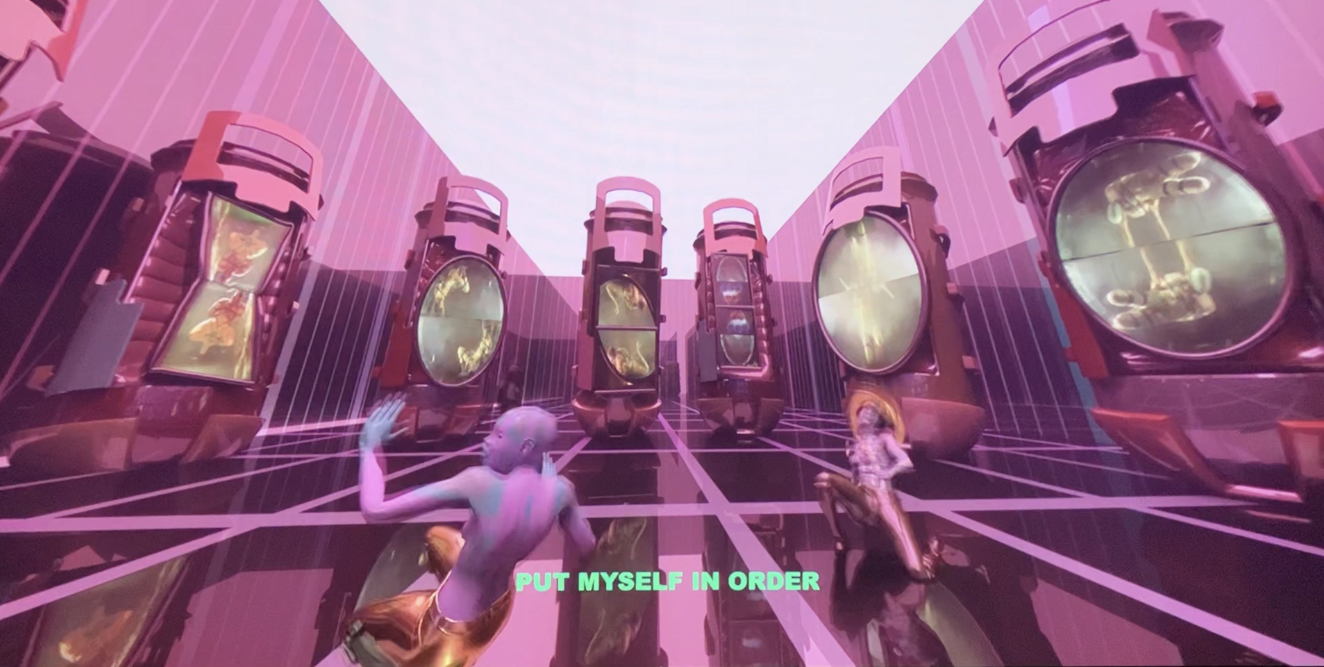A Oslo la mostra “Munch Triennale: The machine is us” su Edvard Munch e le nuove tecnologie
Fino all'11 dicembre al Munch la mostra che mette in relazione le opere dell'artista norvegese con 25 artisti che esaminano l'impatto sociale delle nuove tecnologie.






aiaiaiai
aiaiaiai